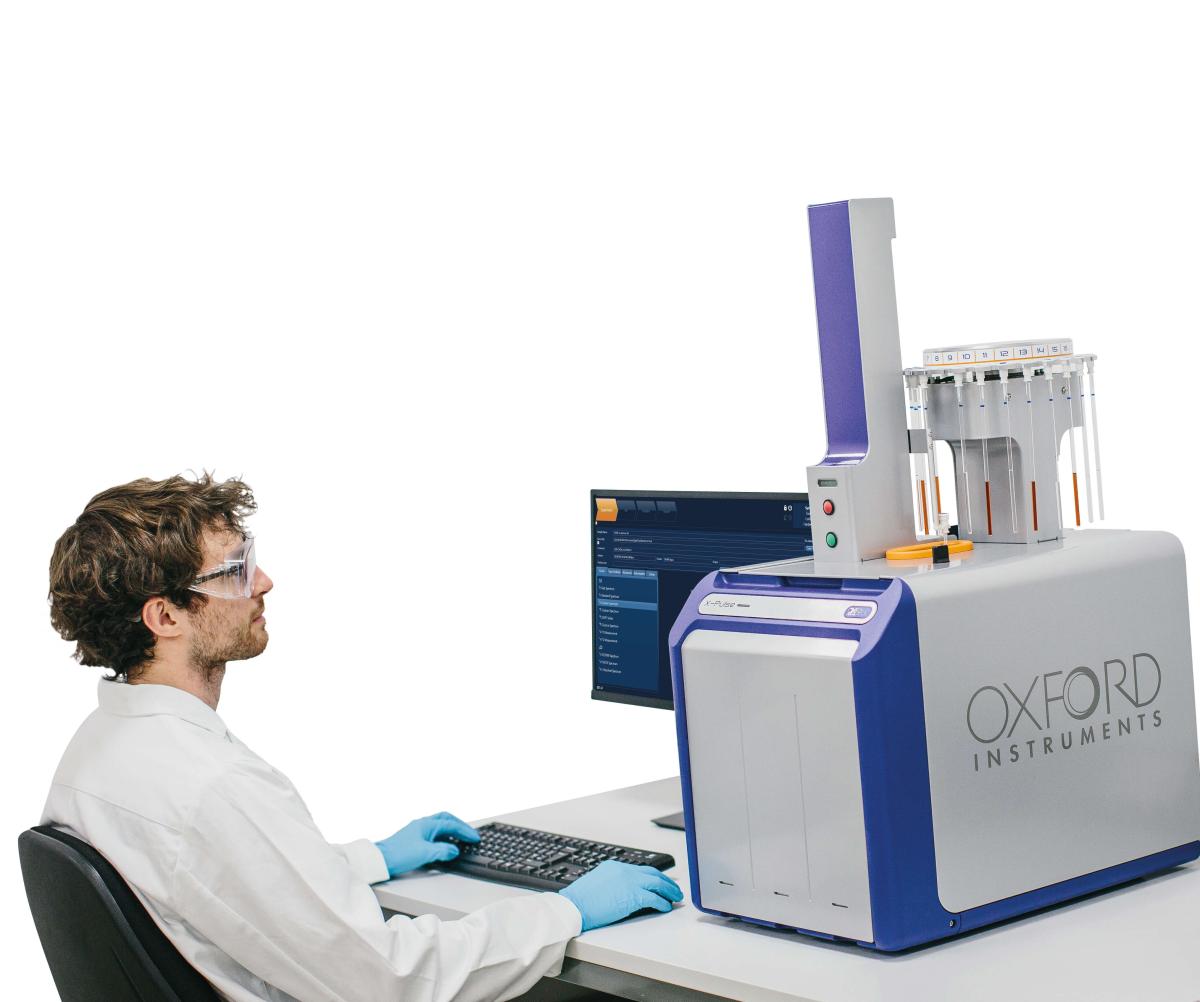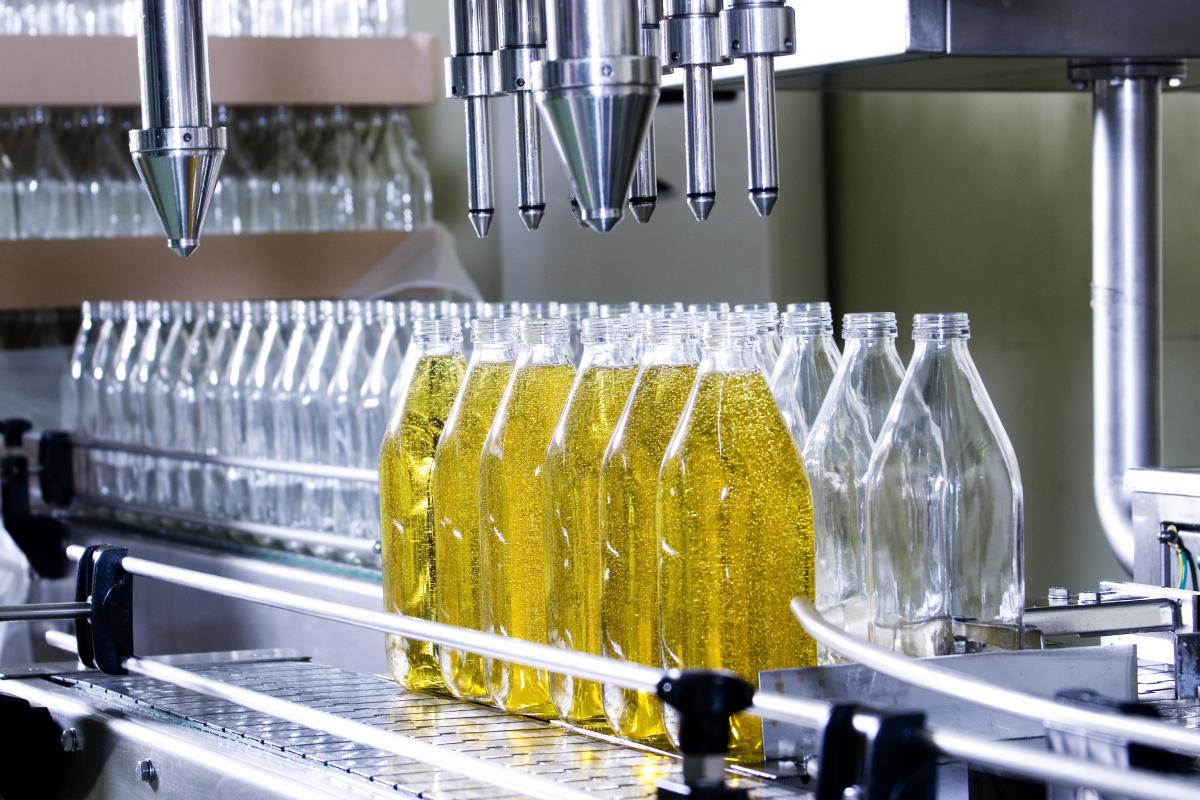Products
Applications
Learning
17th July 2023 | Author: Kevin Nott
Benchtop Nuclear Magnetic Resonance (NMR) has become a popular method for analysing fat in and from various food products because it’s quick, accurate and non-destructive. Benchtop NMR enables compliance with regulatory standards and facilitates precise labelling, helping consumers make informed dietary choices. Additionally, it supports product development by helping manufacturers create healthier alternatives without compromising taste and texture.
More broadly, the versatility and global applicability of benchtop NMR make it an ideal solution for analysis in various industries, including food, agriculture, textiles, polymers, chemicals and pharmaceuticals. By leveraging this technology, organisations can optimise process and quality control, as well as enhance product development in hundreds of factories worldwide.
In this blog post, we will continue to explore the benefits of using benchtop NMR for fat content analysis and discuss the key topics surrounding this technique.
Unlike traditional high-field NMR, which requires super-conducting magnets, specialised facilities and trained experts, benchtop NMR utilises permanent magnets, eliminating the need for cryogens such as liquid helium and liquid nitrogen. Furthermore, benchtop NMR instruments are compact and can be easily operated in standard laboratory environments with a simple mains power supply.
Two types of benchtop NMR instruments are available: high-resolution NMR spectroscopy and low-resolution Time Domain NMR (TD-NMR). High-resolution NMR spectroscopy uses high magnetic field strength and homogeneity to visualise chemical information from various nuclei, including hydrogen and carbon in liquids or solutions. On the other hand, TD-NMR employs a lower magnetic field strength and is suitable for analysing large sample sizes, including solid, liquid, or mixed samples.

TD-NMR finds applications in a wide range of food products, including snack foods, nuts, chocolate, milk powders, ingredients and animal feed; it can also measure solid fat content in edible oils/fats. Unlike other secondary techniques, NMR is largely insensitive to factors like colour, particle size, and composition, making it a highly versatile solution for different food matrices. Benchtop NMR spectroscopy may be used for more detailed compositional, including fatty acid analysis as well as authenticity determination. Below, we look at several key reasons why analysing fat is important.
The fat content in food products has a significant impact on their texture, flavour, and overall quality. Precise analysis of fat ensures that food items meet desired standards and consistently deliver a satisfying experience for consumers.
Fat plays a vital role in our diet, providing energy, aiding the absorption of fat-soluble vitamins, and supporting various bodily functions. However, excessive consumption of fat, particularly unhealthy types like saturated and trans fats, can lead to health problems such as heart disease, obesity, and high cholesterol levels.

Consumers rely on accurate fat content information on food labels to make informed choices about their diet and overall well-being.
Analysing fat content is crucial in developing low-fat or reduced-fat alternatives for various food items. This information helps food manufacturers create products that cater to health-conscious individuals while maintaining the desired taste and texture.
Food manufacturers must meet regulations and standards regarding the fat content and composition of their products. The accurate fat analysis enables them to comply with these requirements, reducing the risk of potential legal issues.
TD-NMR offers several advantages compared to traditional methods. The Soxhlet method, based on solvent extraction, requires time-consuming and labour-intensive steps. In comparison to gas chromatography, Benchtop NMR spectroscopy provides a rapid method for the measurement of saturated, mono-unsaturated, poly-unsaturated and omega-3 fatty acid content with minimal sample preparation; this saves time and resources, making it an ideal choice for routine analysis of those nutritional parameters. Their quantification may also be used to determine the authenticity of edible oils and meats. As benchtop NMR spectroscopy continues to evolve, it holds great potential for further advancements in the field of food analysis.

Oxford Instruments is a leading provider of high technology products and services to scientific research communities and industrial companies around the world. We offer solutions that strive to achieve a green economy, enhance the next generation of medicines and much more.
With regard to analysing fats, we offer several solutions. To experience the benefits that benchtop NMR can bring firsthand, we invite you to arrange a demo of our MQC+ or X-Pulse instruments. With Oxford Instruments Magnetic Resonance, you can access cutting-edge solutions for novel research and enhanced quality control. Our X-Pulse NMR spectrometers provide molecular structure identification and reaction dynamics monitoring with their unique broadband multi-nuclei selection. Additionally, our MQC+ analysers deliver fast, simple, and accurate measurements of oil, water, fluorine, and fat content, offering robust QA/QC solutions across various industries, such as food, agriculture, textiles, polymers, chemicals, and pharmaceuticals.
Contact us today and let our dedicated specialists address your challenges with our comprehensive global support.
References
1. A. Gerdova, M. Defernez, W. Jakes, E. Limer, C. McCallum, K. Nott, T. Parker, N. Rigby, A. Sagidullin, A. D. Watson, D. Williamson and E. K. Kemsley. 60 MHz 1H NMR Spectroscopy of Triglyceride Mixtures. Chapter in “Magnetic Resonance in Food Science: Defending Food by Magnetic Resonance” Editors F. Capozzi, L Laghi, PS Belton. Royal Society of Chemistry, pp 17-30 (2015)
2. T. Parker, E. Limer, A.D. Watson, M. Defernez, D. Williamson and E. Kate Kemsley. 60 MHz 1H NMR spectroscopy for the analysis of edible oils. TrAC Trends in Analytical Chemistry, 57, pp 147-158 (2014).
3. W. Jakes, A. Gerdova, M. Defernez, A.D. Watson, C. McCallum, E. Limer, I.J. Colquhoun, D.C. Williamson and E.K. Kemsley. Authentication of beef versus horse meat using 60 MHz 1H NMR spectroscopy. Food Chemistry, 175, pp 1-9 (2015).
Kevin Nott,
Product Manager - Time Domain NMR, Oxford Instruments
Kevin has worked at Oxford Instruments since May 2005. Kevin was previously at the University of Cambridge where he researched into non-medical applications of TD-NMR and MRI.